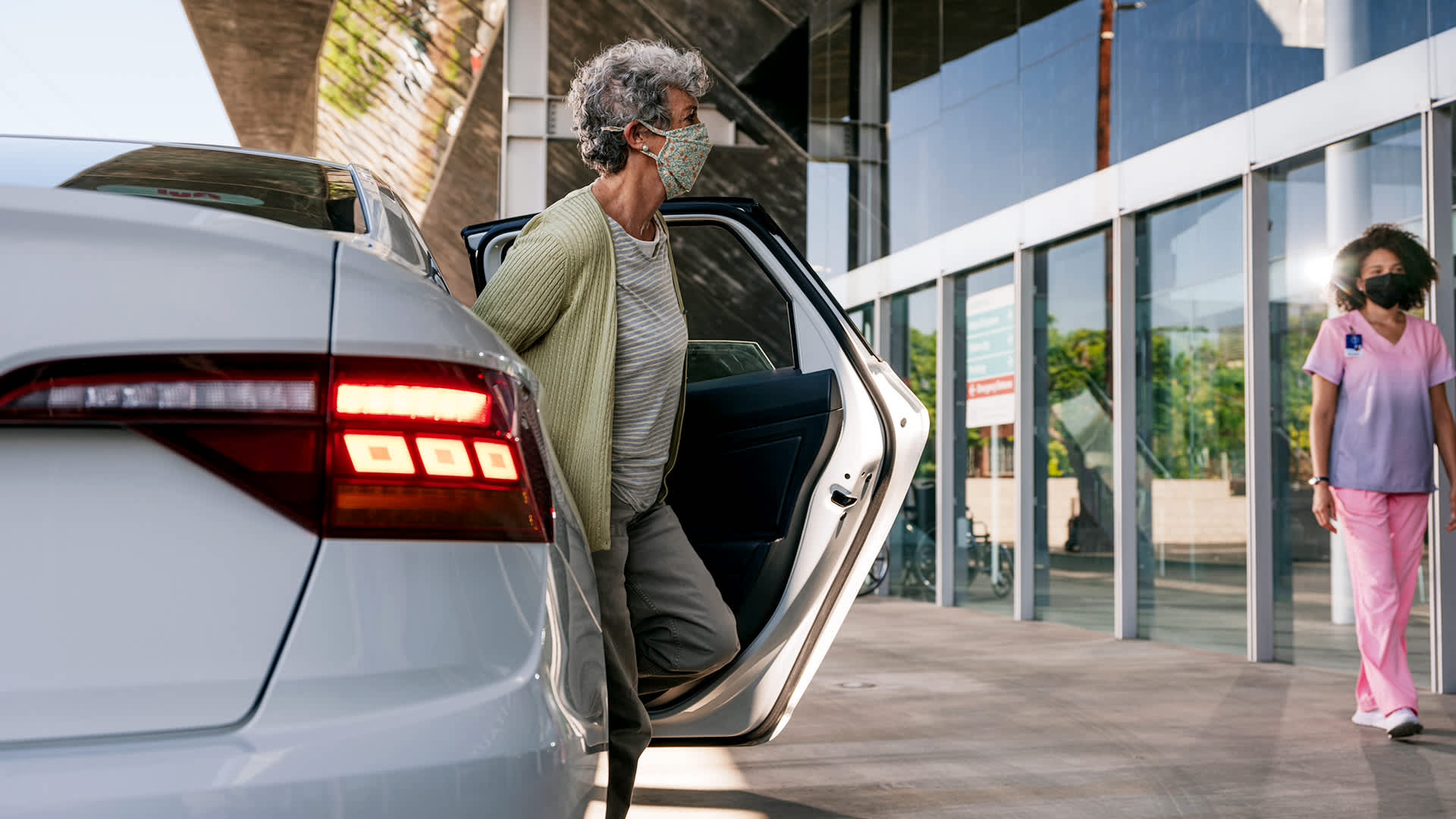
California may be one of the states that is friendliest to people in wheelchairs, but that doesn’t mean that getting around cities like San Francisco or Los Angeles is easy.
When Hector Ochoa, a Boyle Heights resident who has used a wheelchair since 1988, first started riding public transportation as a teen, he had to navigate blocks of cracked sidewalks to reach the nearest station. On the bus or train, the space reserved for wheelchairs was sometimes occupied by bicycles whose owners would pretend not to see him. For Ochoa, and others like him, everyday transit trips can be filled with disrespectful straphangers, unexpected, expensive delays, and even dangerous falls.
Ochoa, who today is the regional director at Southern California Resource Services for Independent Living, a cross-disability rights organization, has dedicated his career to supporting those with different abilities to lead fulfilling lives — and that includes making sure they can navigate their cities independently.
In the past, Ochoa has directed wheelchair users to Los Angeles County’s paratransit service, which dispatches wheelchair-accessible vehicles to residents’ homes at about the same cost as a bus ticket. However, users must schedule their rides at least 24 hours in advance, a delay that can limit their freedom to get around when they need to.
Ochoa himself typically drives his own retrofitted van. But last year, when he fell out of his wheelchair and fractured his left leg, he started relying on Lyft’s wheelchair-accessible feature, which allowed him to request a driver with a vehicle that accommodates a fixed-frame wheelchair. The feature can be activated in the rideshare app’s settings and is available in nine U.S. cities, including L.A. and San Francisco.
To increase awareness of its wheelchair-accessible vehicles (WAV) service, in the month of December, Lyft is offering $20,000 in Lyft Rideshare credits to California nonprofit organizations, like SCRS-IL, which will disseminate them to wheelchair users in San Francisco and Los Angeles counties.
Ochoa is thrilled with the initiative; he expects that the wheelchair users he works with, many of whom are on severely restricted income, would use them for traveling to essential locations, like work, school, and medical appointments. They could especially be useful for people starting new jobs, who may not be able to afford private transportation before their first paycheck. “For those first two weeks, if we can help with that, that’s a determining factor of whether they get to keep their job or not,” he says.
Ochoa also hopes that folks will use the ride credits not just for needs but for leisure. As he notes, “Sometimes they have to pick between, ‘Am I eating today or am I going to the movies?’ ”
From what Ochoa hears from others in wheelchairs, Lyft’s WAV option is already enormously successful. “Every time, it’s positive feedback,” he says.


